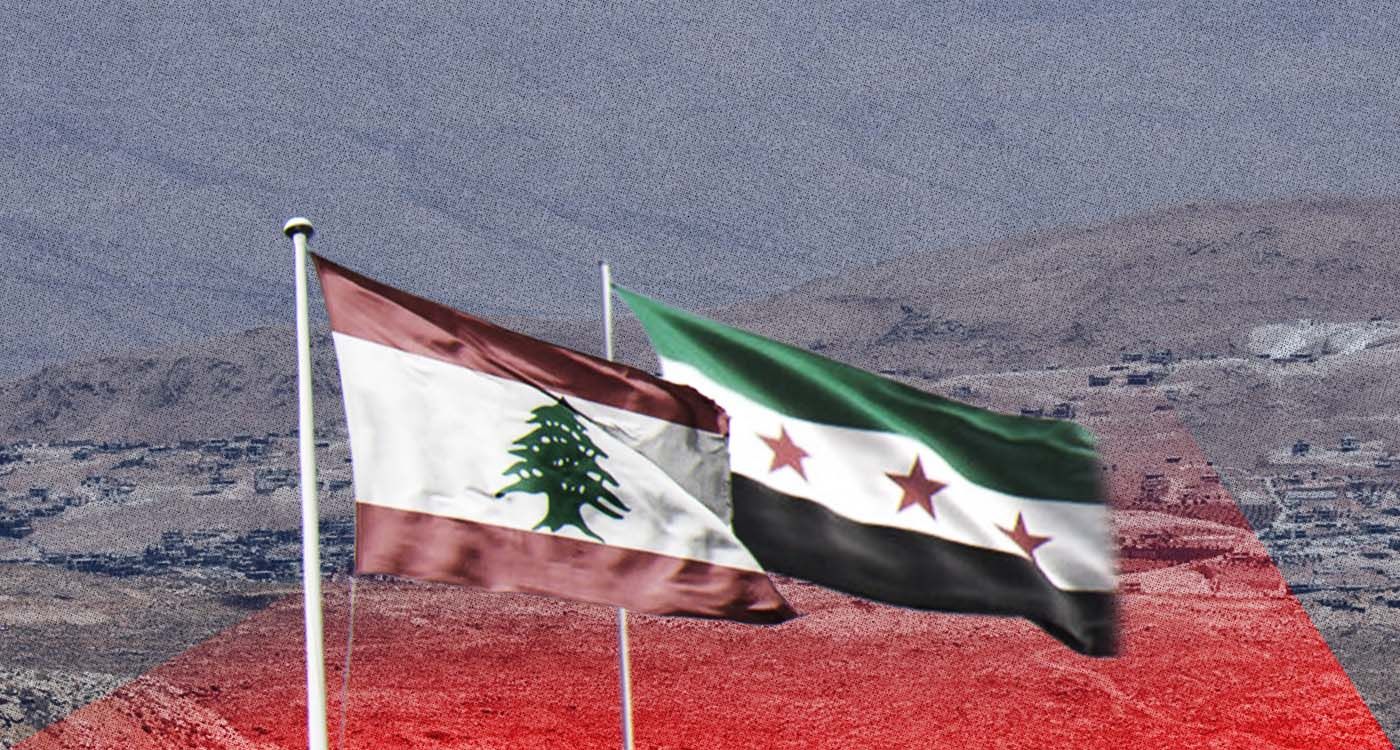
From the military skirmishes at the southern border to the clashes portrayed as tribal disputes in the northeastern front, the connection is clear, and the backdrop is the same: Iran and its proxies. The major blow suffered by the pro-Iranian axis in Lebanon and Syria—leading to the collapse of Tehran’s affiliates due to its inability to protect them—ultimately resulted in a lost confrontation, the failure of the so-called resistance project and a wave of anger and accusations over its betrayal of Hamas and Hezbollah. Meanwhile, Hezbollah’s regional role has diminished, and its influence has waned.
Developments along the Lebanese-Syrian border aim to curb smuggling operations that flourished under Bashar al-Assad’s rule, particularly in 12 Lebanese villages inside Syrian territory, home to a Shiite population. Clashes in these geographically intertwined areas—stretching to Shebaa, a long-standing vital corridor and lifeline linking Iran to Hezbollah—have reignited the border demarcation issue.
This dispute dates back to 1920 when French Mandate authorities drew the administrative boundary between Lebanon and Syria, spanning 375 kilometers. However, it was never finalized as an international border, nor was it officially demarcated or recorded—something experts attribute to Syria’s unwillingness. A specialist in the matter explains that Damascus never fully recognized Lebanon’s sovereignty and independence, viewing it instead as a territory that was severed from Syria.
A former official recalls that in 2008, during President Michel Sleiman’s term, an agreement was reached to demarcate the border by reactivating the joint committee between the two countries. Several meetings were held, but no tangible progress was made, as Syrian authorities cited the dispute over the ownership of the Shebaa Farms and insisted on postponing the demarcation until after liberation, arguing that an early resolution might inadvertently benefit Israel. Consequently, the committee’s work was suspended.
After the overthrow of the Assad regime and the takeover of Syria by Hay'at Tahrir al-Sham led by Ahmad al-Sharaa, the group took proactive steps to end the role of Iran and Hezbollah, longtime allies of the Assad regime. Sharaa, now the interim president of Syria, recently underscored the need to respect Lebanon's sovereignty—in other words, its borders.
The new administration in Damascus has reactivated the Lebanese-Syrian relations issue to establish balanced and reciprocal ties. The current approach is shifting toward abolishing the Lebanese-Syrian Supreme Council and the Treaty of Brotherhood, Cooperation and Coordination, as there are already diplomatic ties between the two countries. The treaty, which was drafted under Syrian tutelage of Lebanon, chiefly benefited Syria. Damascus’ message to Lebanon emphasizes mutual respect, a stance underscored by Syrian Foreign Minister Asaad Shibani, who stated, “We respect Lebanon as a neighboring state, and we will stand by it whenever it wants us to do so.”
Meanwhile, communication between Sharaa and Lebanese officials is maintained following former Prime Minister Najib Mikati’s visit to Syria, as well as Sharaa’s discussions with President Joseph Aoun and Prime Minister Nawaf Salam. During these exchanges, Sharaa reiterated his commitment to closing illegal crossings and regulating legitimate routes to prevent smuggling, particularly of weapons and funds from Iran. This initiative is expected to expedite the revival of the joint committee to resume border demarcation talks with the Syrian army, in coordination with the Lebanese army, to implement measures to secure and control the border.
What is unfolding in the south and northeast is part of a broader plan pointing to a shift towards a new Middle East and a complete end of Iran’s influence, particularly in Lebanon and Syria. In this regard, media outlets have circulated information about an assassination attempt on Sharaa, which was reportedly planned by Iranian Revolutionary Guard generals and Assad regime officers in collaboration with the PKK, ISIS, the Popular Mobilization Forces and Hezbollah, all in an effort to restore Iran’s control over Syria.
An Arab diplomat notes that Sharaa’s stances, notably during his visit to Saudi Arabia, are a clear signal of his regional positioning and his refusal to align with al-Qaeda or similar groups. He distanced himself from their ideology and appointed a conservative bishop to Aleppo. Moreover, his stance on the state's monopoly over arms, even Palestinian ones, reinforces his Arab nationalist affiliation. Syria will not serve as a base or corridor for operations against Israel.
Will Sharaa visit Lebanon to discuss the regulation of the border and the establishment of balanced relations between the two countries? And will a Lebanese-Syrian summit be held for this purpose? Additionally, is Hezbollah capable of altering its political discourse to adopt a more “Lebanese” stance, or is this still a distant possibility? Given its current struggle with the repercussions of the Israeli war aimed at dismantling its role, Hezbollah cannot yet return to the State fold. The answer will undoubtedly emerge in the coming days...





Comments